Home>Furniture & Design>Interior Design Trends>How To Cook Glass Noodles
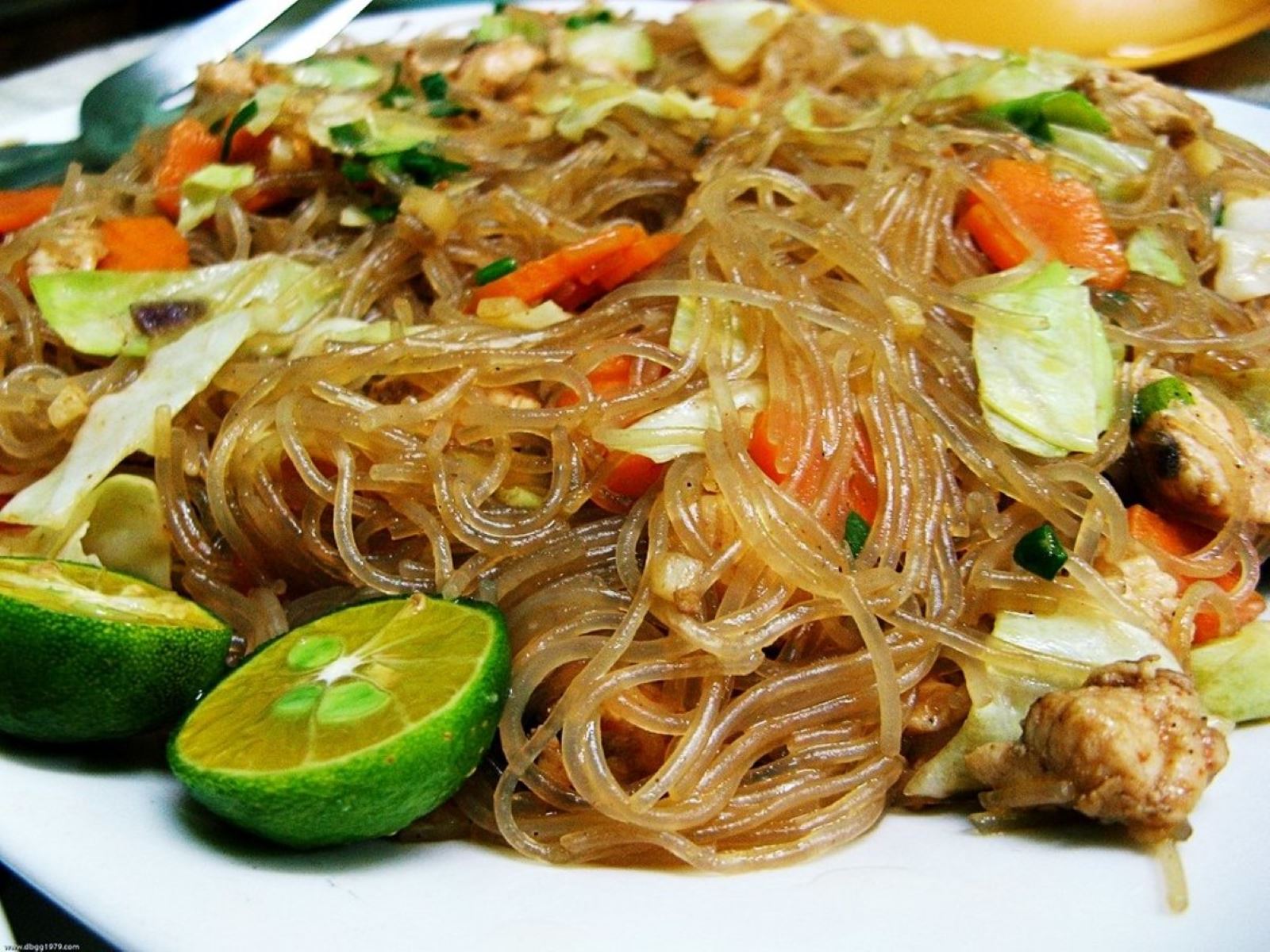

Interior Design Trends
How To Cook Glass Noodles
Modified: August 16, 2024
Learn how to cook delicious glass noodles at home with our easy-to-follow recipe. Discover the latest interior design trends to create the perfect ambiance for your dining experience.
(Many of the links in this article redirect to a specific reviewed product. Your purchase of these products through affiliate links helps to generate commission for Storables.com, at no extra cost. Learn more)
Introduction
Glass noodles, also known as cellophane noodles or bean thread noodles, are a staple in many Asian cuisines, celebrated for their delicate texture and versatility in a wide range of dishes. These translucent, thread-like noodles are made from starch such as mung bean, potato, or tapioca, and are a popular choice for those seeking a gluten-free alternative to traditional wheat-based noodles.
With their ability to absorb flavors and complement a variety of ingredients, glass noodles have become a beloved addition to soups, stir-fries, salads, and spring rolls. Their light and springy texture, coupled with their neutral taste, makes them an ideal canvas for showcasing the vibrant flavors of accompanying ingredients.
In this article, we will explore the art of cooking glass noodles to perfection, from selecting the finest ingredients to mastering the cooking process. Whether you are a seasoned home cook or a novice in the kitchen, this guide will equip you with the knowledge and skills to create delectable dishes featuring these versatile noodles.
So, grab your apron and let's embark on a culinary journey to discover the secrets of preparing and cooking glass noodles with finesse. Whether you're craving a comforting bowl of noodle soup or a zesty, refreshing salad, mastering the art of cooking glass noodles will open up a world of culinary possibilities right in your own kitchen.
Key Takeaways:
- Cooking glass noodles is a versatile and creative culinary journey that involves selecting high-quality ingredients, meticulous preparation, and an exhilarating cooking process. The result is a symphony of flavors and textures that delights the senses.
- Serving glass noodle dishes is an artful experience that enhances the dining journey, offering opportunities for elegant presentations, communal sharing, and vibrant garnishes. It transforms each meal into a sensory feast that captivates and delights.
Read more: How To Store Leftover Noodles
Ingredients
To prepare a delightful dish featuring glass noodles, you will need a selection of fresh and flavorful ingredients. The beauty of cooking with glass noodles lies in their ability to harmonize with a diverse array of flavors, allowing you to customize your dish to suit your preferences. Here are the essential ingredients you will need to embark on your glass noodle culinary adventure:
Glass Noodles:
The star of the show, these delicate and translucent noodles are the foundation of your dish. Whether you opt for mung bean, potato, or tapioca-based noodles, ensure that they are of high quality and free from any impurities.
Protein:
Select your preferred protein to infuse your dish with heartiness and depth of flavor. Options include thinly sliced chicken, succulent shrimp, tender beef, or tofu for a vegetarian or vegan-friendly alternative.
Fresh Vegetables:
Incorporate an assortment of fresh vegetables to add vibrant colors, textures, and nutrients to your dish. Consider using crisp bell peppers, crunchy carrots, leafy bok choy, and vibrant snow peas to elevate the visual appeal and nutritional value of your creation.
Read more: How Many Carbs In Glass Noodles
Aromatic Herbs and Spices:
Enhance the aroma and taste of your dish with aromatic herbs and spices. Fresh garlic, ginger, and scallions can infuse your dish with layers of savory complexity, while a dash of red chili flakes or a sprinkle of cilantro can introduce a delightful hint of heat and freshness.
Flavorful Sauces and Seasonings:
Elevate the taste profile of your dish with a selection of flavorful sauces and seasonings. Soy sauce, oyster sauce, sesame oil, and rice vinegar are essential for creating a savory and umami-rich base, while a touch of honey or brown sugar can balance the flavors with a hint of sweetness.
Garnishes:
For a finishing touch, consider incorporating garnishes such as toasted sesame seeds, chopped peanuts, or a squeeze of fresh lime juice to add a delightful contrast of textures and flavors to your dish.
By gathering these high-quality ingredients, you will lay the foundation for a sensational glass noodle dish that is not only visually captivating but also bursting with a symphony of flavors and textures. With these ingredients at your disposal, you are well-equipped to embark on the next phase of your culinary journey: the preparation of your glass noodle masterpiece.
Preparation
Before diving into the culinary art of cooking glass noodles, it's essential to prepare the ingredients with care and precision. The preparation phase sets the stage for a seamless and enjoyable cooking experience, ensuring that each component of your dish is primed for harmonious integration. Let's delve into the meticulous preparation process that will lay the groundwork for a delectable glass noodle creation.
Read more: What Are Glass Noodles Made Of
1. Rehydrating Glass Noodles:
Begin by rehydrating the glass noodles to restore their delicate texture and prepare them for the cooking process. Place the desired quantity of noodles in a large bowl and cover them with hot water. Allow the noodles to soak for approximately 10-15 minutes or until they become pliable and translucent. Once rehydrated, drain the noodles thoroughly and set them aside, ready to absorb the flavors of your dish.
2. Preparing Protein and Vegetables:
If your dish calls for protein such as chicken, shrimp, beef, or tofu, ensure that it is sliced or cubed to the desired size for even cooking. Season the protein with a touch of salt and pepper to enhance its natural flavors. Next, prepare the fresh vegetables by washing, peeling, and slicing them according to your preferred shape and size. This meticulous preparation ensures that the protein and vegetables are primed for a harmonious marriage with the glass noodles.
3. Organizing Aromatic Herbs and Spices:
Gather the aromatic herbs and spices required for infusing your dish with depth and complexity. Mince fresh garlic, finely grate ginger, and thinly slice scallions to release their aromatic essence. Additionally, prepare any additional herbs or spices that will contribute to the nuanced flavor profile of your dish, ensuring that they are readily accessible during the cooking process.
4. Assembling Flavorful Sauces and Seasonings:
Prepare the flavorful sauces and seasonings that will form the backbone of your dish's taste profile. Measure out the required quantities of soy sauce, oyster sauce, sesame oil, and rice vinegar, and have them within easy reach as you embark on the cooking process. Additionally, if your recipe calls for sweetening agents such as honey or brown sugar, ensure that they are readily available to balance the savory flavors with a hint of sweetness.
Read more: How To Store Chicken Noodle Soup
5. Arranging Garnishes:
Lastly, prepare the garnishes that will add a delightful finishing touch to your glass noodle creation. Toast sesame seeds, chop peanuts, and arrange a wedge of fresh lime to be used as a garnish. These final touches will not only enhance the visual appeal of your dish but also introduce a delightful contrast of textures and flavors.
By meticulously preparing each component of your dish, you set the stage for a seamless and enjoyable cooking experience, ensuring that every element is poised for harmonious integration. With the ingredients prepared and organized, you are now ready to embark on the next phase of your culinary journey: the cooking process.
Cooking Process
With all the ingredients meticulously prepared and organized, you are now poised to embark on the exhilarating cooking process that will bring your glass noodle creation to life. This pivotal phase is where the magic unfolds as the flavors meld together, and the dish takes shape, ready to tantalize the senses. Let's delve into the step-by-step cooking process that will transform the carefully curated ingredients into a sensational glass noodle masterpiece.
-
Searing the Protein: Begin by heating a wok or large skillet over medium-high heat and adding a small amount of oil. Once the oil shimmers, carefully add the prepared protein, whether it be succulent shrimp, thinly sliced chicken, tender beef, or tofu, to the pan. Sear the protein until it develops a golden crust and is cooked through, infusing it with a delightful depth of flavor.
-
Infusing Aromatics: Once the protein is cooked to perfection, create a fragrant foundation for your dish by adding minced garlic, grated ginger, and thinly sliced scallions to the pan. Allow these aromatic ingredients to sizzle and release their tantalizing aroma, infusing the dish with layers of savory complexity.
-
Adding Vegetables: Introduce the prepared fresh vegetables to the pan, allowing them to sizzle alongside the protein and aromatics. The vibrant colors and crisp textures of the vegetables will not only elevate the visual appeal of your dish but also infuse it with a delightful array of nutrients and flavors.
-
Incorporating Glass Noodles: Once the vegetables have achieved a perfect balance of tenderness and crunch, add the rehydrated glass noodles to the pan. Toss the noodles with the protein and vegetables, allowing them to absorb the aromatic flavors and vibrant colors of the dish.
-
Introducing Flavorful Sauces and Seasonings: Elevate the taste profile of your creation by drizzling in a harmonious blend of soy sauce, oyster sauce, sesame oil, and rice vinegar. These flavorful sauces and seasonings will imbue the dish with a savory and umami-rich base, while a touch of honey or brown sugar will balance the flavors with a hint of sweetness.
-
Tossing and Coating: Gently toss the ingredients in the pan, ensuring that the glass noodles are thoroughly coated with the flavorful sauces and seasonings. This step allows the noodles to absorb the essence of the dish, ensuring that each strand is infused with a symphony of flavors.
-
Simmering and Absorption: Allow the dish to simmer for a brief period, allowing the glass noodles to absorb the savory essence of the ingredients. This gentle simmering process ensures that the noodles achieve the perfect texture and are imbued with the rich flavors of the dish.
-
Garnishing and Serving: Once the glass noodles have absorbed the flavors of the dish, it's time to add the finishing touches. Sprinkle toasted sesame seeds, chopped peanuts, or a squeeze of fresh lime juice over the dish to introduce a delightful contrast of textures and flavors. With the dish artfully garnished, it is ready to be served and savored.
By meticulously following these steps, you will orchestrate a culinary symphony that celebrates the delicate texture and versatility of glass noodles, infusing them with a medley of flavors and textures. The cooking process is where the carefully prepared ingredients harmonize to create a dish that is not only visually captivating but also a delight to the palate. With the cooking process complete, your glass noodle creation is ready to take center stage, inviting eager diners to savor its exquisite flavors and textures.
Serving Suggestions
The art of presenting and serving a dish is just as crucial as the cooking process itself. When it comes to glass noodles, the serving stage offers an opportunity to elevate the dining experience and showcase the exquisite flavors and textures of the dish. Whether you are preparing a comforting family meal or hosting a gathering with friends, the presentation and serving of your glass noodle creation can leave a lasting impression. Here are some delightful serving suggestions to enhance the dining experience and ensure that your glass noodle dish takes center stage:
1. Elegant Bowl Presentation:
Serve your fragrant and flavorful glass noodles in elegant, individual serving bowls to create a visually stunning presentation. The translucent noodles intertwined with vibrant vegetables and succulent protein will captivate the eyes, inviting diners to indulge in a sensory feast. The use of decorative bowls adds a touch of sophistication and elevates the dining experience, making each serving feel like a culinary masterpiece.
Read more: What Do Glass Noodles Taste Like
2. Family-Style Platter:
For a communal dining experience, consider presenting your glass noodle creation on a large, decorative platter at the center of the table. This family-style serving encourages sharing and conviviality, allowing diners to help themselves to generous portions of the delectable dish. The communal aspect of this presentation fosters a sense of togetherness and conviviality, making the dining experience a memorable and heartwarming affair.
3. Garnish Galore:
Elevate the visual appeal and flavor profile of your glass noodle creation by offering an array of vibrant and aromatic garnishes on the side. Arrange a selection of fresh herbs, such as cilantro and Thai basil, alongside thinly sliced chili peppers and lime wedges. These garnishes not only add a pop of color to the presentation but also allow diners to customize their dish according to their preferred level of heat and freshness.
4. Artful Plating:
Embrace the art of plating by arranging the glass noodles with precision and artistry. Consider creating a nest of noodles at the center of the plate and delicately arranging the protein and vegetables on top, creating a visually captivating composition. Drizzle a touch of additional sauce over the dish and garnish with a sprinkle of sesame seeds or chopped peanuts to add a final flourish of elegance to the presentation.
5. Pairing with Complementary Dishes:
Consider pairing your glass noodle creation with complementary dishes to create a well-rounded and satisfying meal. A light and refreshing side salad featuring crisp greens and a zesty vinaigrette can provide a delightful contrast to the savory richness of the glass noodles. Additionally, serving the dish alongside a fragrant and comforting soup can elevate the dining experience and offer a symphony of flavors.
By embracing these serving suggestions, you can transform your glass noodle creation into a culinary masterpiece that not only delights the palate but also captivates the senses. The artful presentation and thoughtful serving of the dish elevate the dining experience, ensuring that each bite is savored and celebrated. Whether you opt for an elegant individual presentation or a communal family-style platter, the serving stage offers an opportunity to showcase the exquisite flavors and textures of your glass noodle creation, leaving a lasting impression on eager diners.
Read more: How To Store Cooked Noodles Without Sticking
Conclusion
In conclusion, mastering the art of cooking glass noodles opens up a world of culinary possibilities, allowing you to create delectable dishes that celebrate the delicate texture and versatility of these translucent strands. From the meticulous selection of high-quality ingredients to the seamless orchestration of the cooking process, preparing and cooking glass noodles is a journey that culminates in a symphony of flavors and textures.
By embracing the versatility of glass noodles, you can craft an array of dishes that cater to diverse palates and preferences. Whether you seek the comforting embrace of a steaming bowl of noodle soup or the vibrant freshness of a zesty noodle salad, glass noodles serve as a versatile canvas for culinary creativity. Their ability to harmonize with an array of proteins, vegetables, and seasonings empowers you to tailor each dish to your unique culinary vision, ensuring that every creation is a reflection of your creativity and expertise in the kitchen.
Furthermore, the artful presentation and serving of glass noodle dishes elevate the dining experience, transforming each meal into a sensory feast that captivates the eyes and tantalizes the taste buds. Whether you opt for elegant individual servings or communal family-style platters, the serving stage offers an opportunity to showcase the exquisite flavors and textures of your glass noodle creation, leaving a lasting impression on eager diners.
As you embark on your culinary journey with glass noodles, remember that the key to creating sensational dishes lies in the meticulous selection of fresh and flavorful ingredients, the artful preparation of each component, and the seamless orchestration of the cooking process. With these elements in place, you can craft glass noodle creations that not only delight the palate but also celebrate the artistry of culinary expression.
So, whether you are a seasoned home cook or a novice in the kitchen, let the art of cooking glass noodles inspire you to embark on a culinary adventure filled with creativity, flavor, and the joy of sharing sensational meals with those you cherish. With each dish you create, may the delicate strands of glass noodles weave stories of culinary delight and bring people together in celebration of the vibrant tapestry of flavors that adorn the dining table.
Frequently Asked Questions about How To Cook Glass Noodles
Was this page helpful?
At Storables.com, we guarantee accurate and reliable information. Our content, validated by Expert Board Contributors, is crafted following stringent Editorial Policies. We're committed to providing you with well-researched, expert-backed insights for all your informational needs.
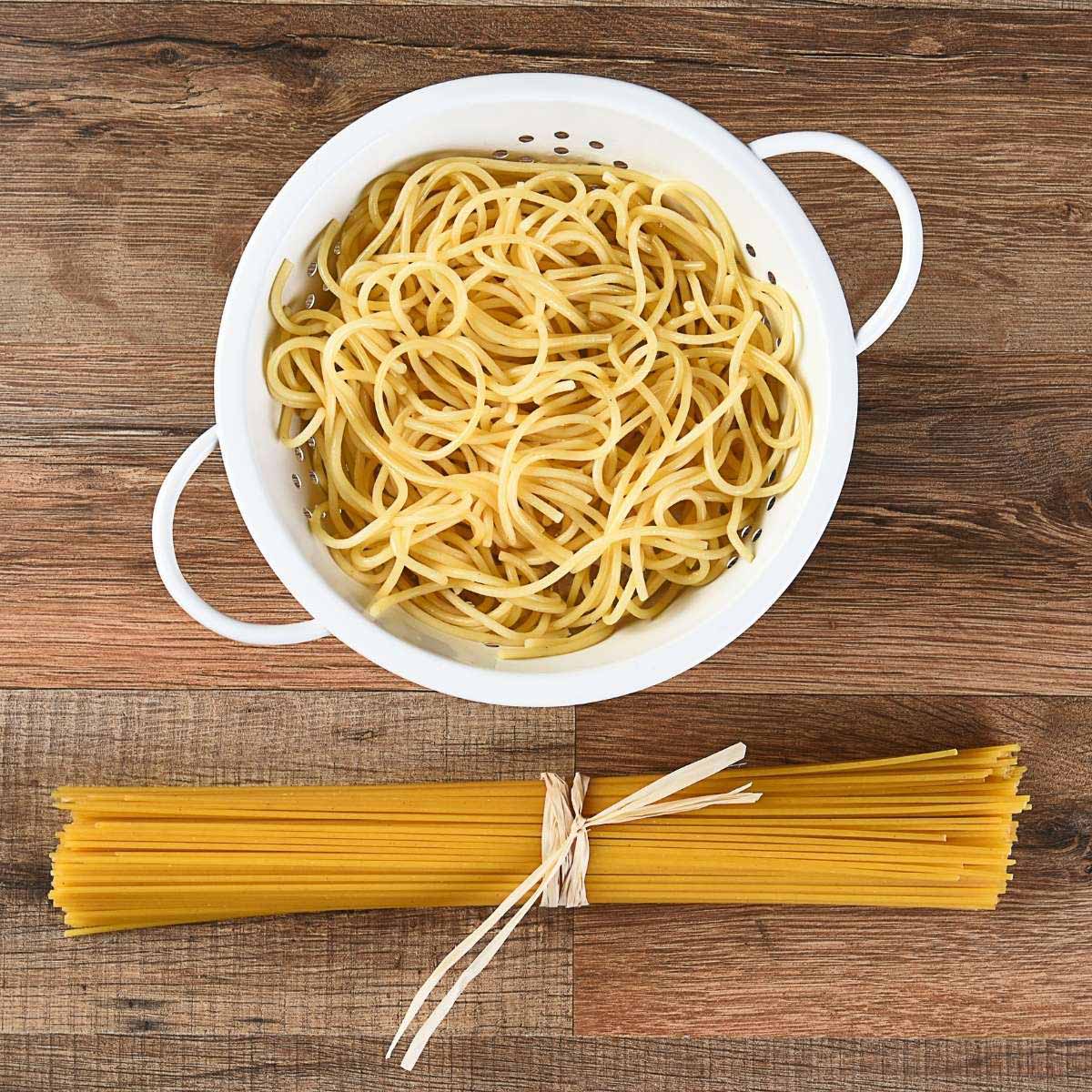

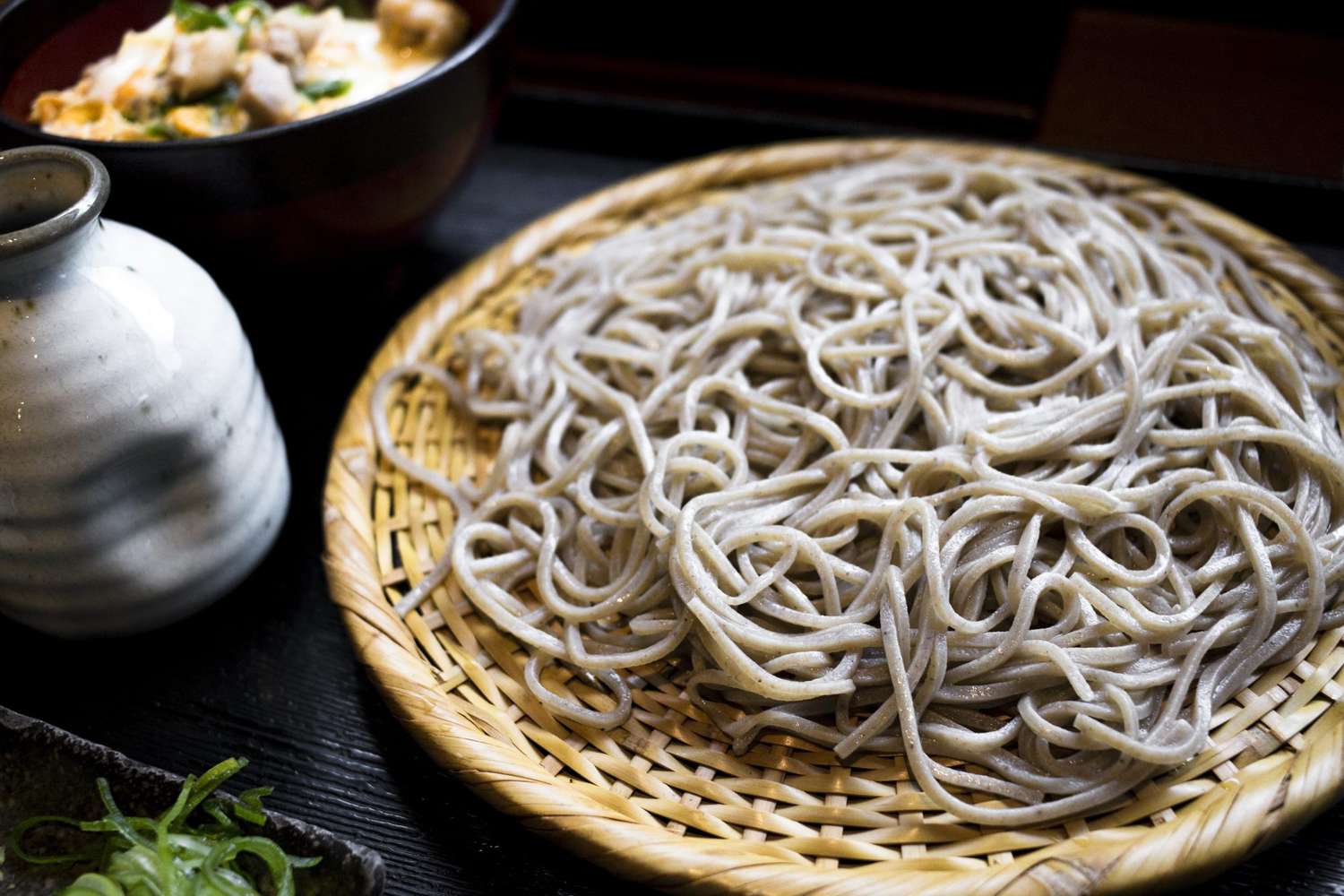
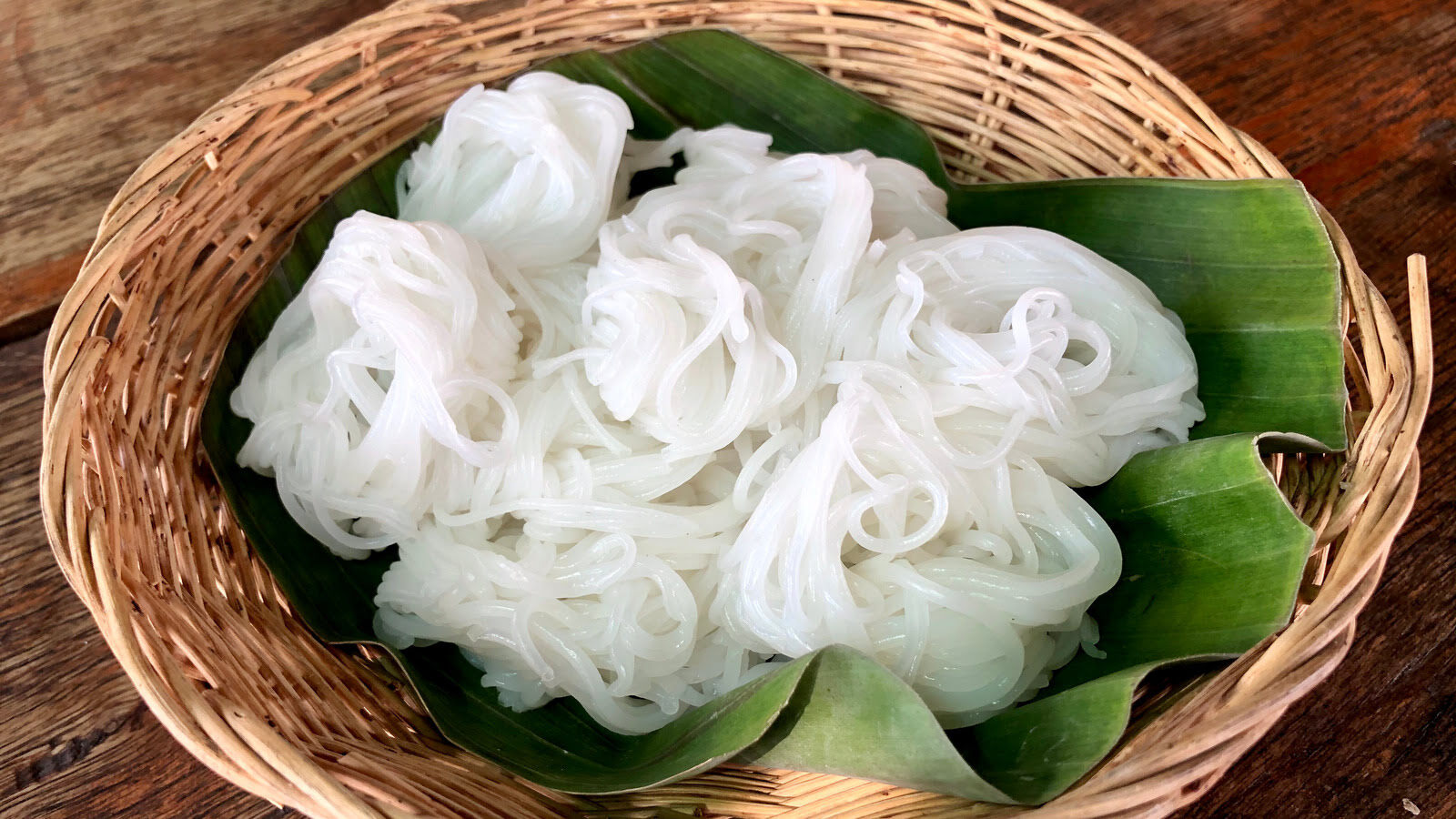
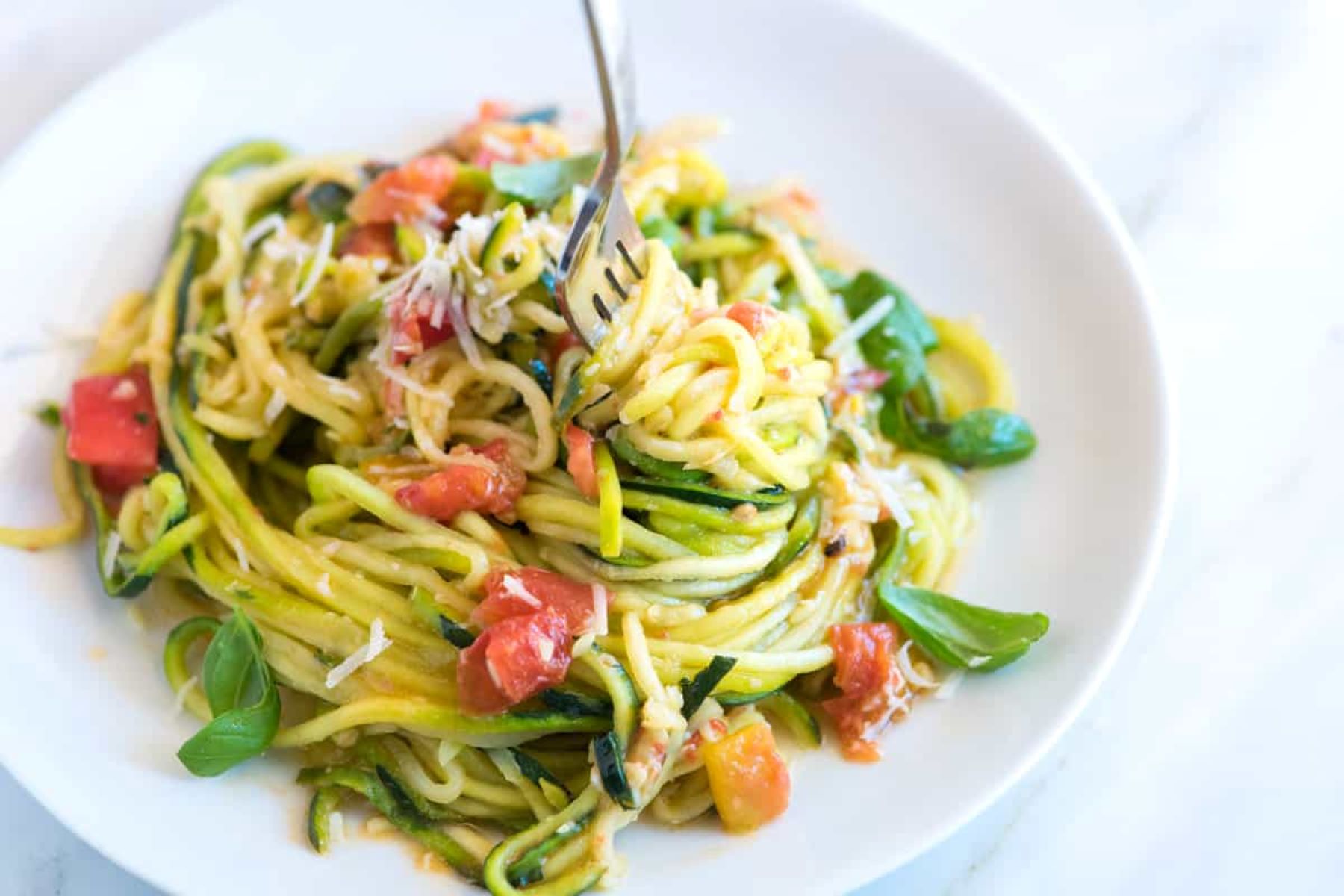
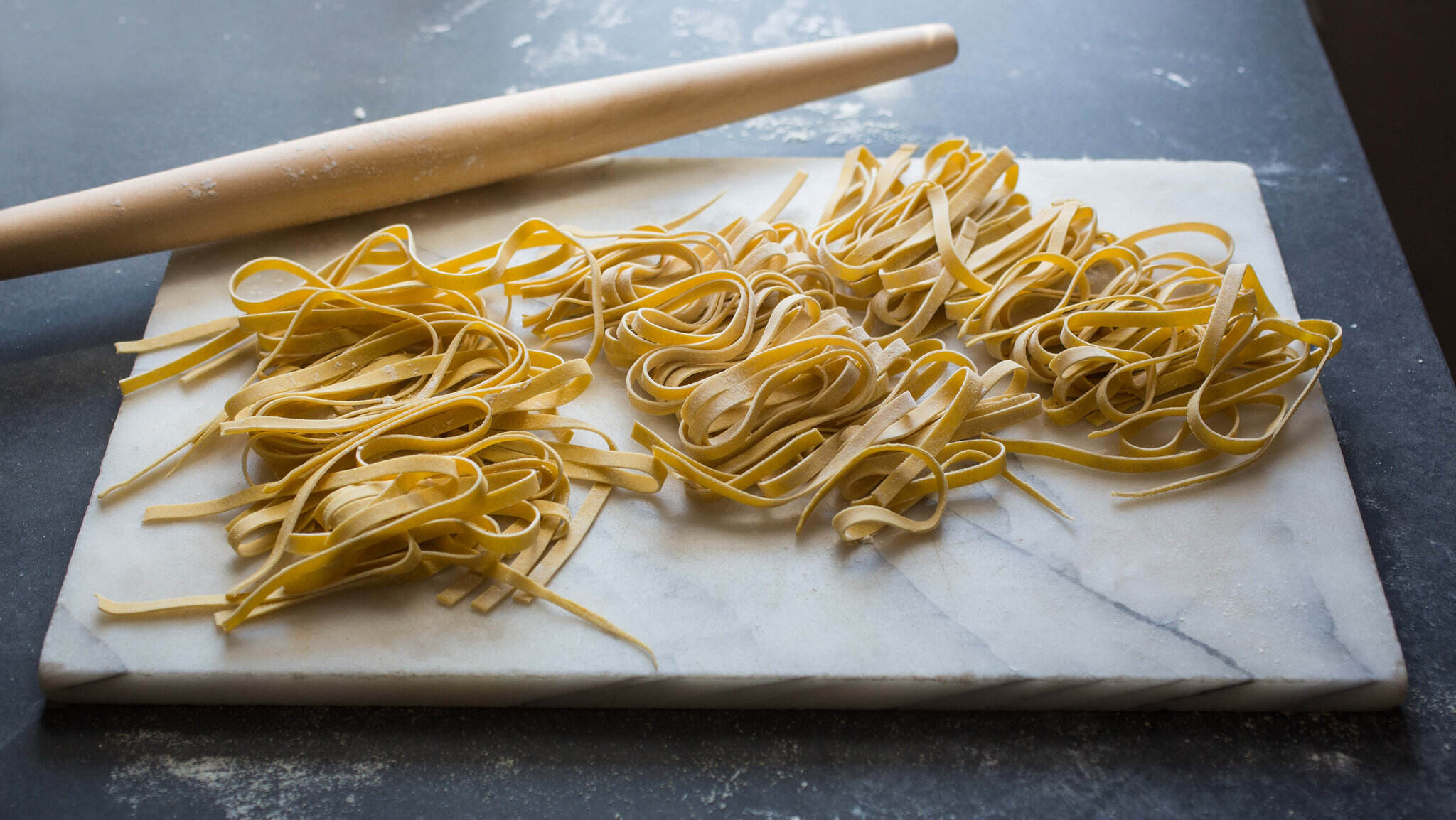

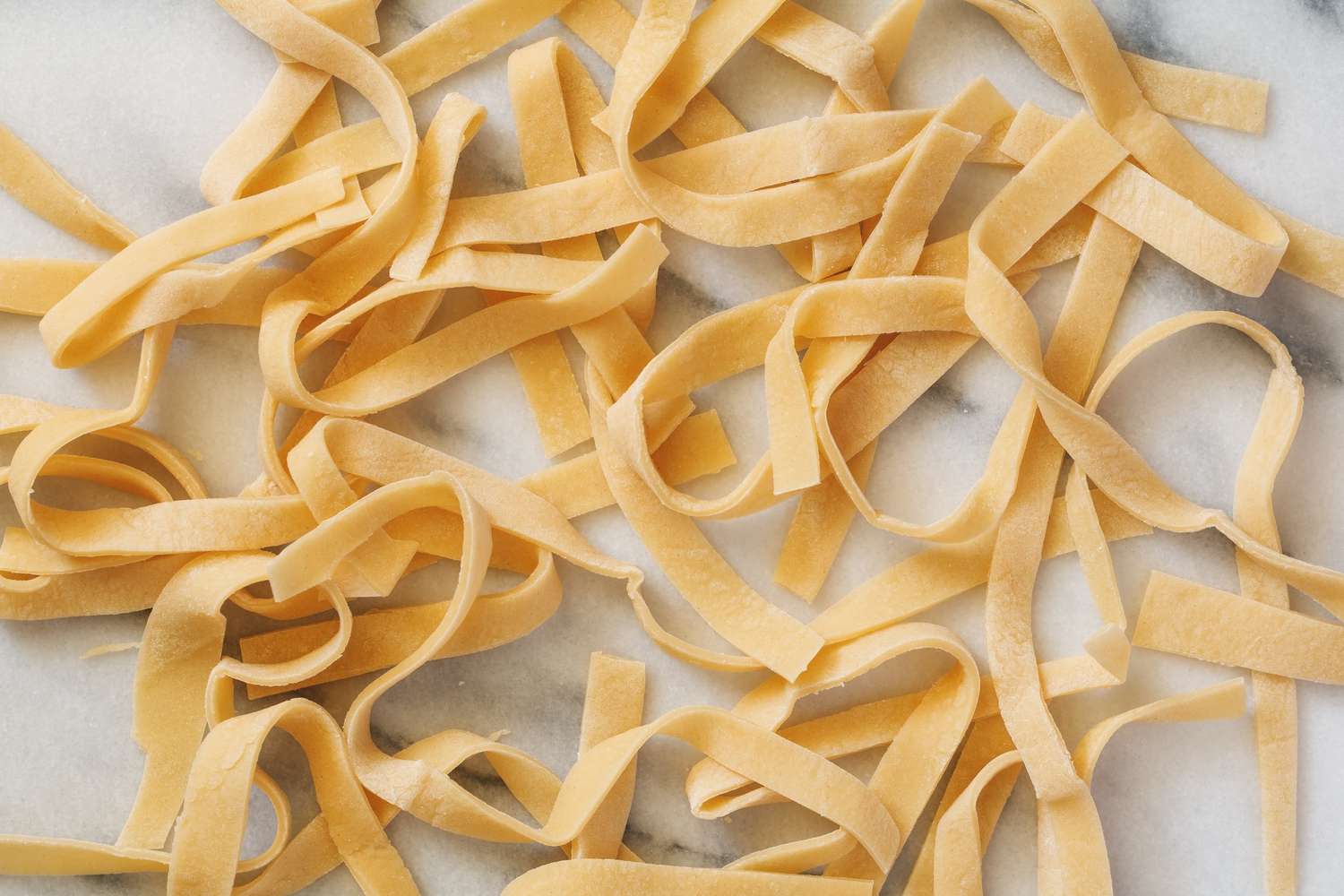
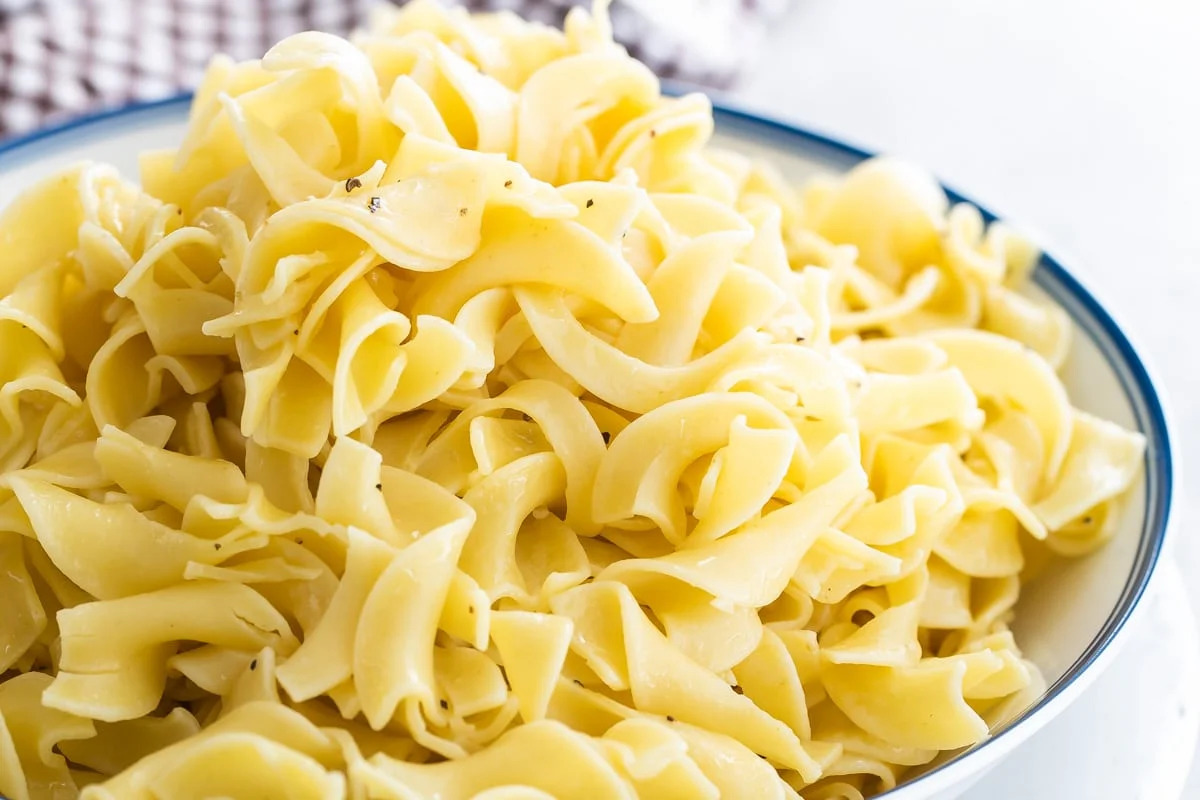
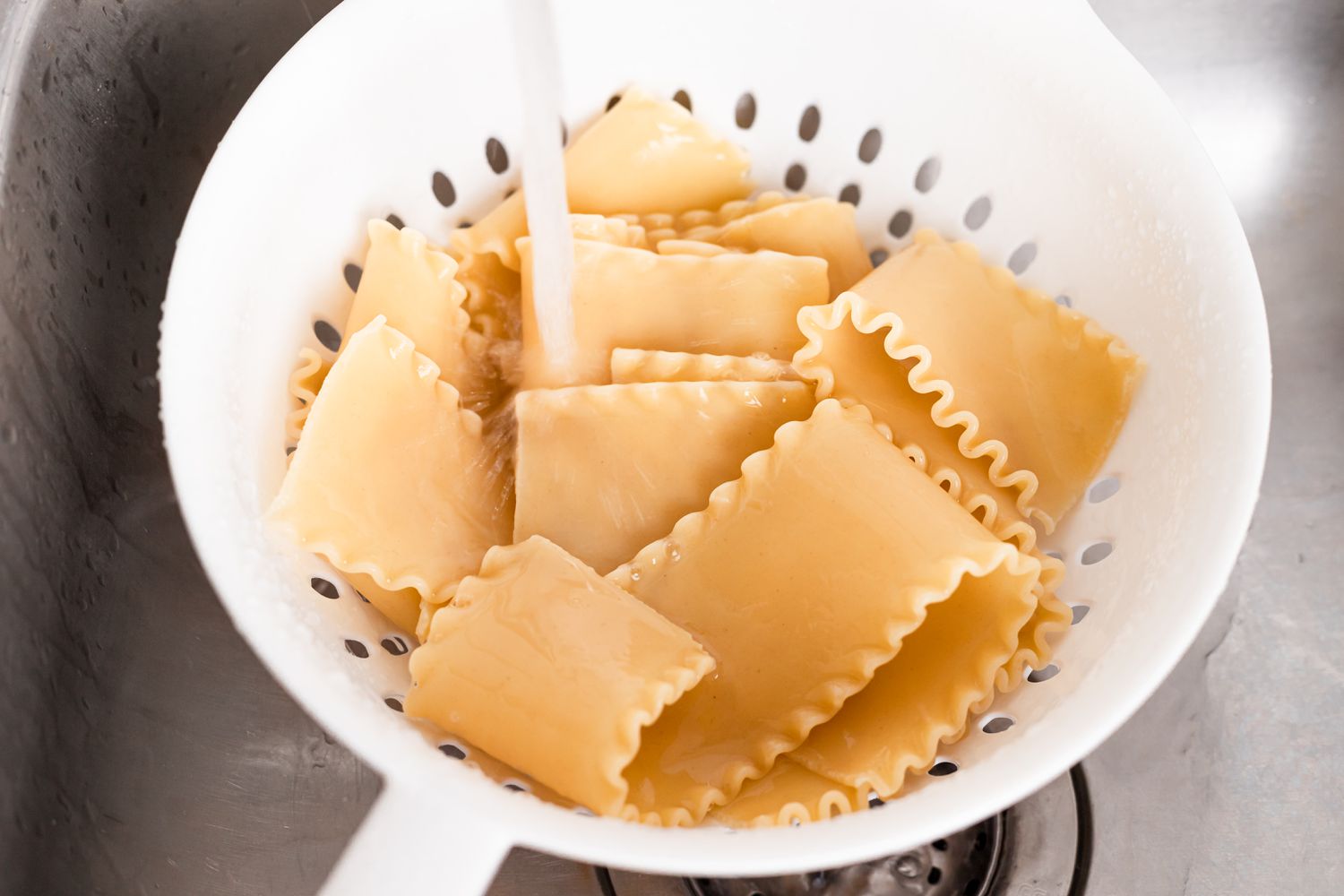

0 thoughts on “How To Cook Glass Noodles”